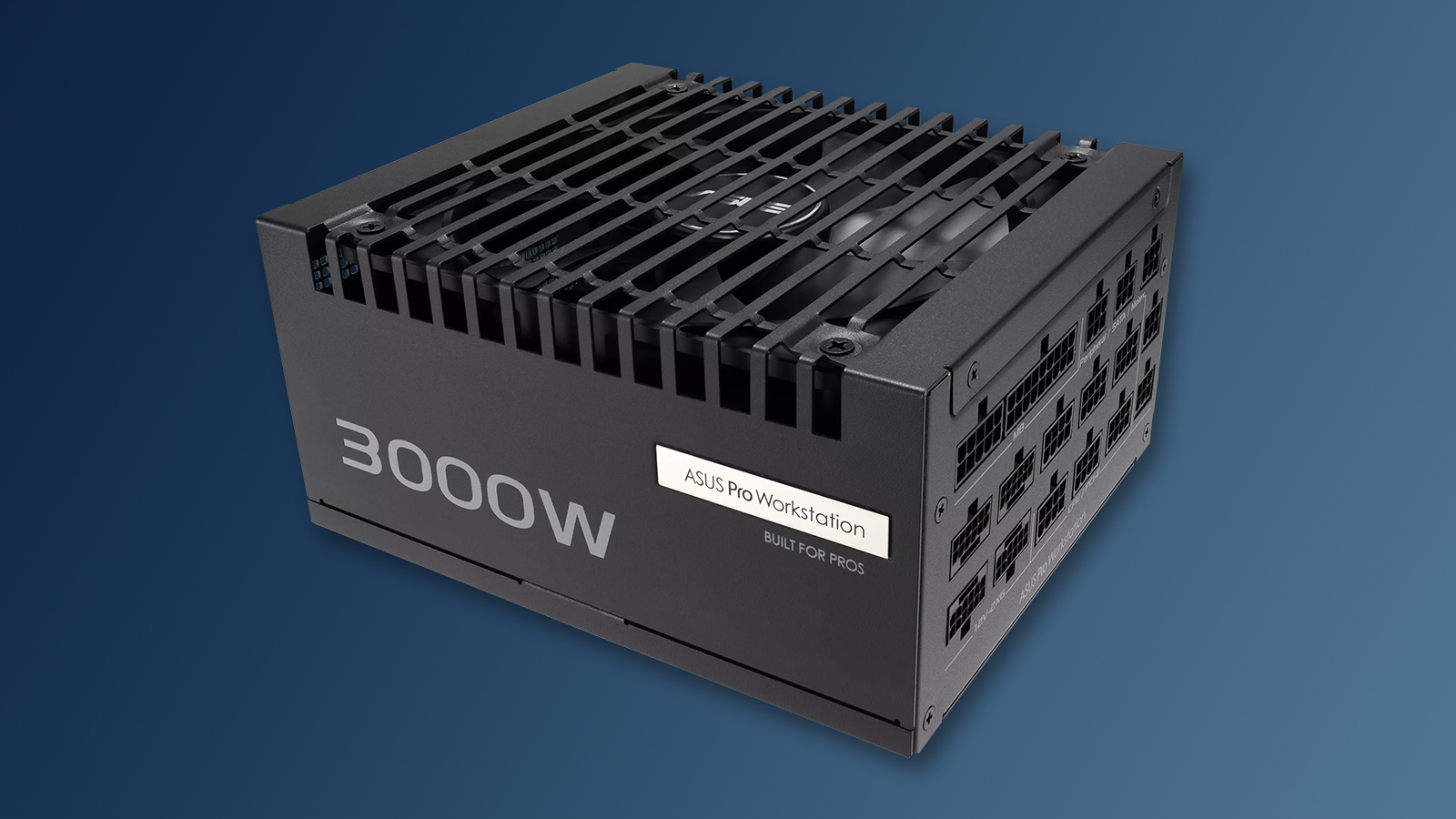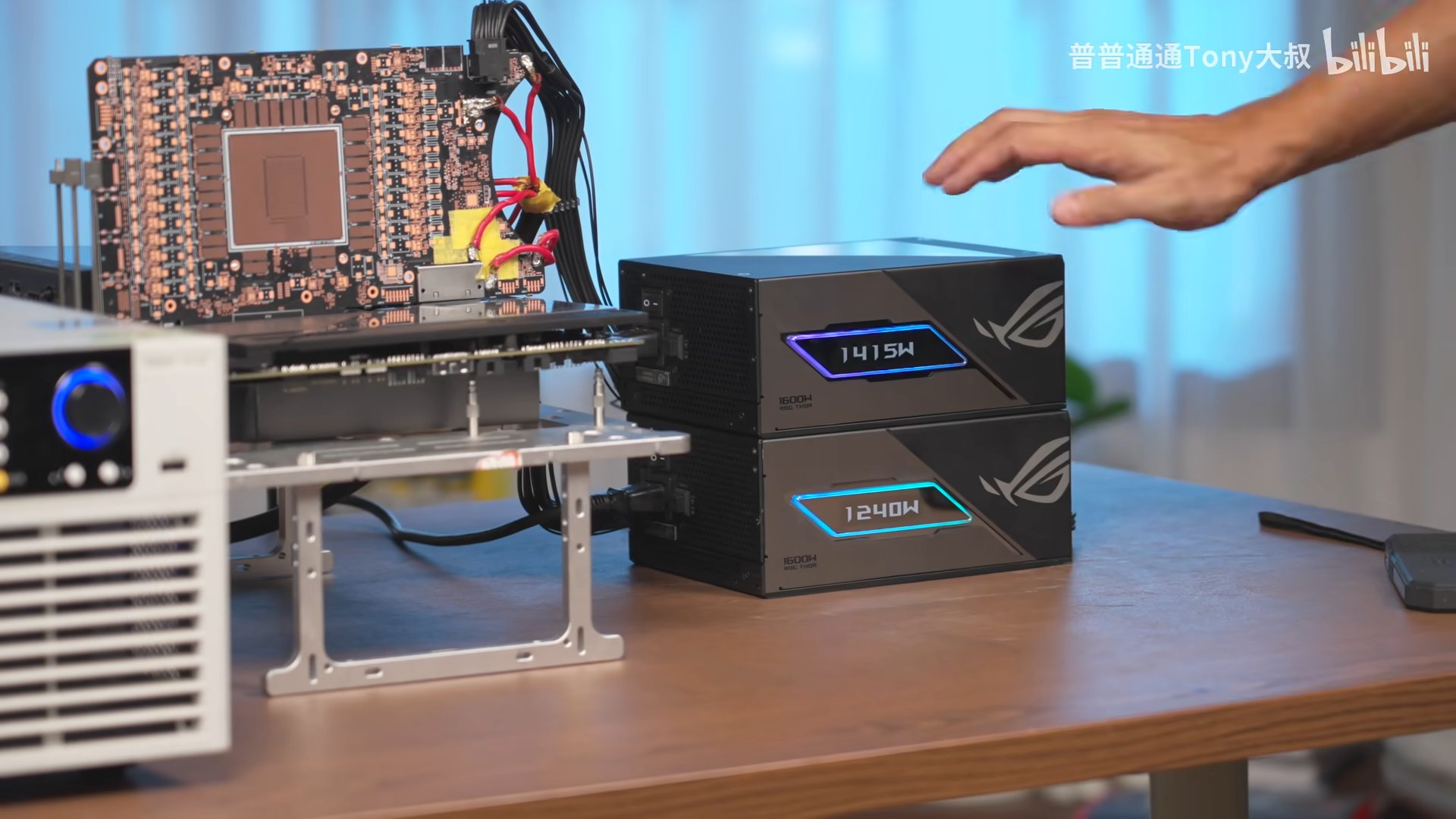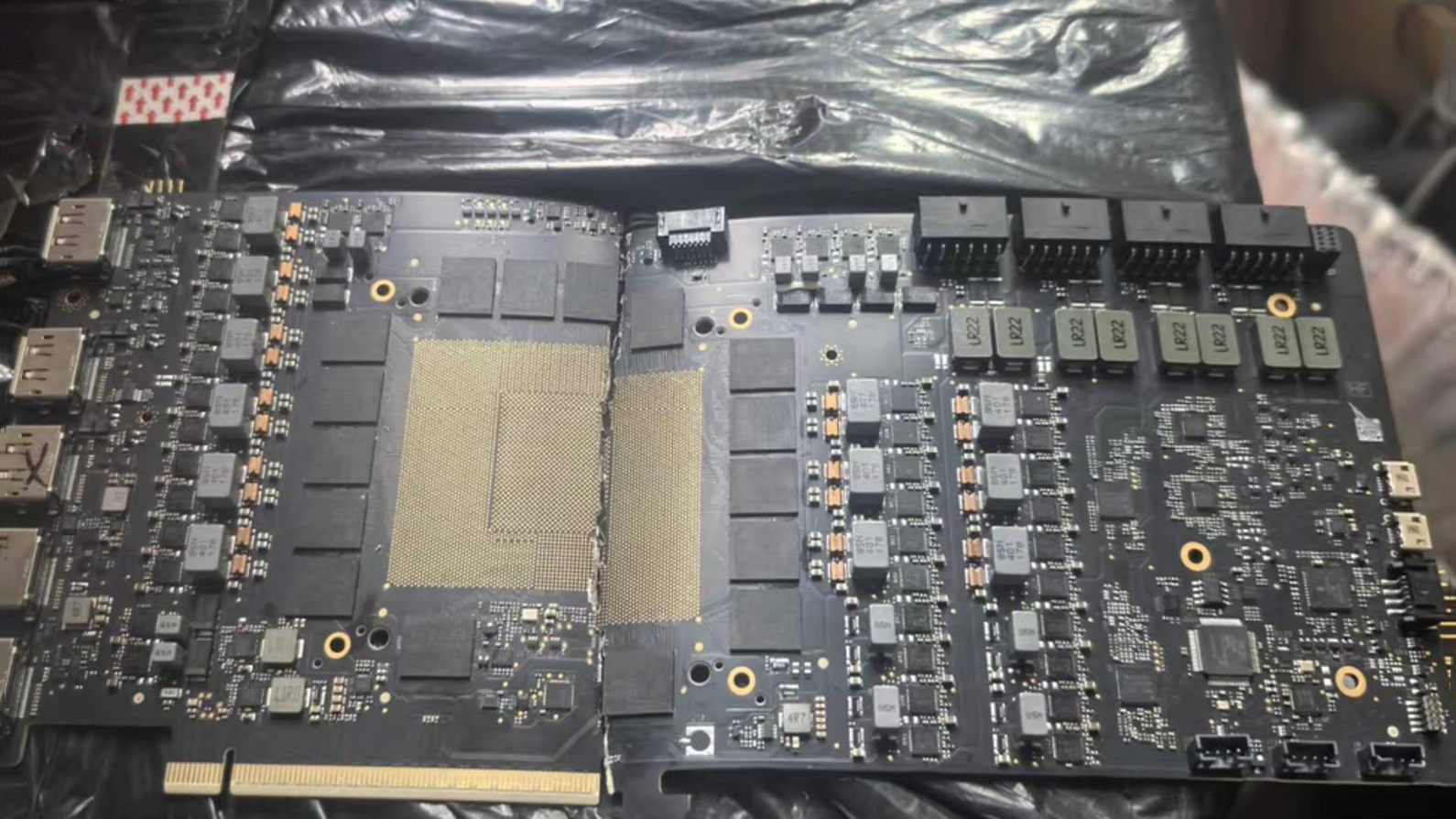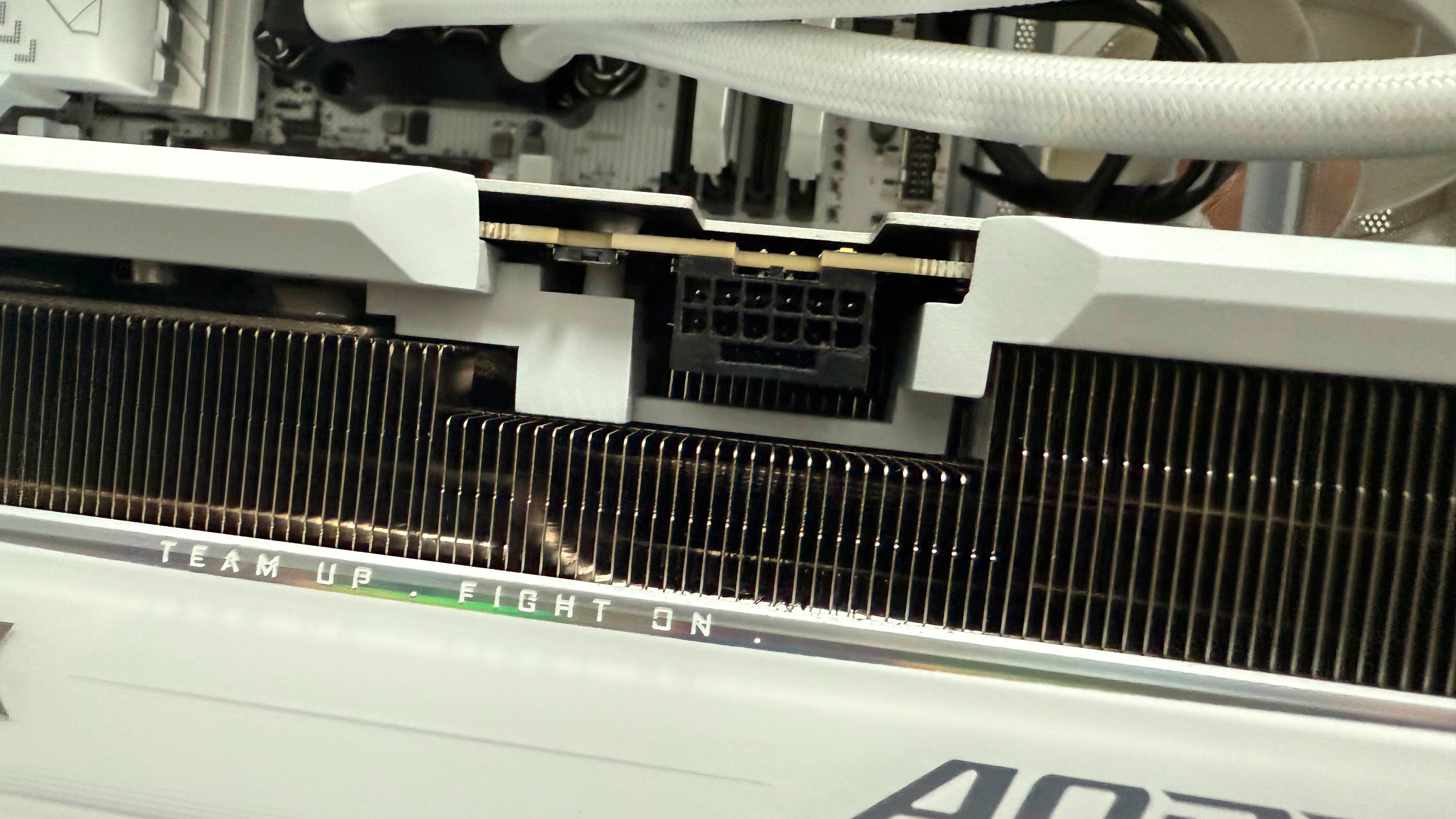Tony Yu, Asus China’s General Manager, showcased the strengths and peculiarities of the power connectors on the ROG Astral GeForce RTX 5090 BTF Edition graphics card. A Bilibili video, initially spotted by Uniko’s Hardware, highlights how substantial power flows through the 16-pin (12VHPWR) and Asus’s unique GC-HPWR connectors.
Asus’ BTF (Back to the Future) hidden connector design is now at the 2.5 revision. The main update is that the GC-HPWR power connector is now detachable, allowing users to choose between it and the 16-pin power connector. This change is beneficial, as it advances the BTF standard and addresses the earlier design limitation where the GC-HPWR connector was non-removable, restricting users to the BTF ecosystem for as long as they used the card. Asus provides a small tool to remove and store the GC-HPWR power connector.
Yu, known for his extreme testing, aimed to showcase the durability of the GC-HPWR power connector. For reference, Asus designed this connector to handle up to 1,000W. During a 10-minute test drawing about 670W, the temperature of the GC-HPWR connector stayed between 30 and 35 degrees Celsius. The result is pretty good, especially considering that’s, more or less, the maximum power consumption of a GeForce RTX 5090.
You may like
-
![]() Nvidia RTX 5090 prototype surfaces with four 16-pin power connectors and additional VRMs
Nvidia RTX 5090 prototype surfaces with four 16-pin power connectors and additional VRMs -
 Asus introduces 3000-watt PSU — enough capacity to power 4 RTX 5090s
Asus introduces 3000-watt PSU — enough capacity to power 4 RTX 5090s -
![]() Nvidia RTX 5090D falls victim to infamous 16-pin melting issue
Nvidia RTX 5090D falls victim to infamous 16-pin melting issue

For a more hardcore test, Yu pumped around 1,300W through the GC-HPWR power connector, but it didn’t flinch. He recorded temperatures reaching up to 38 degrees Celsius. In the following test, he set the Chroma load tester to 150A, which is three times higher than the 16-pin power connector’s specifications, causing the power consumption to exceed 1,900W. The power cables’ temperatures ranged from 68 to 70 degrees Celsius, while the GC-HPWR power connector stayed around 41 degrees Celsius.


